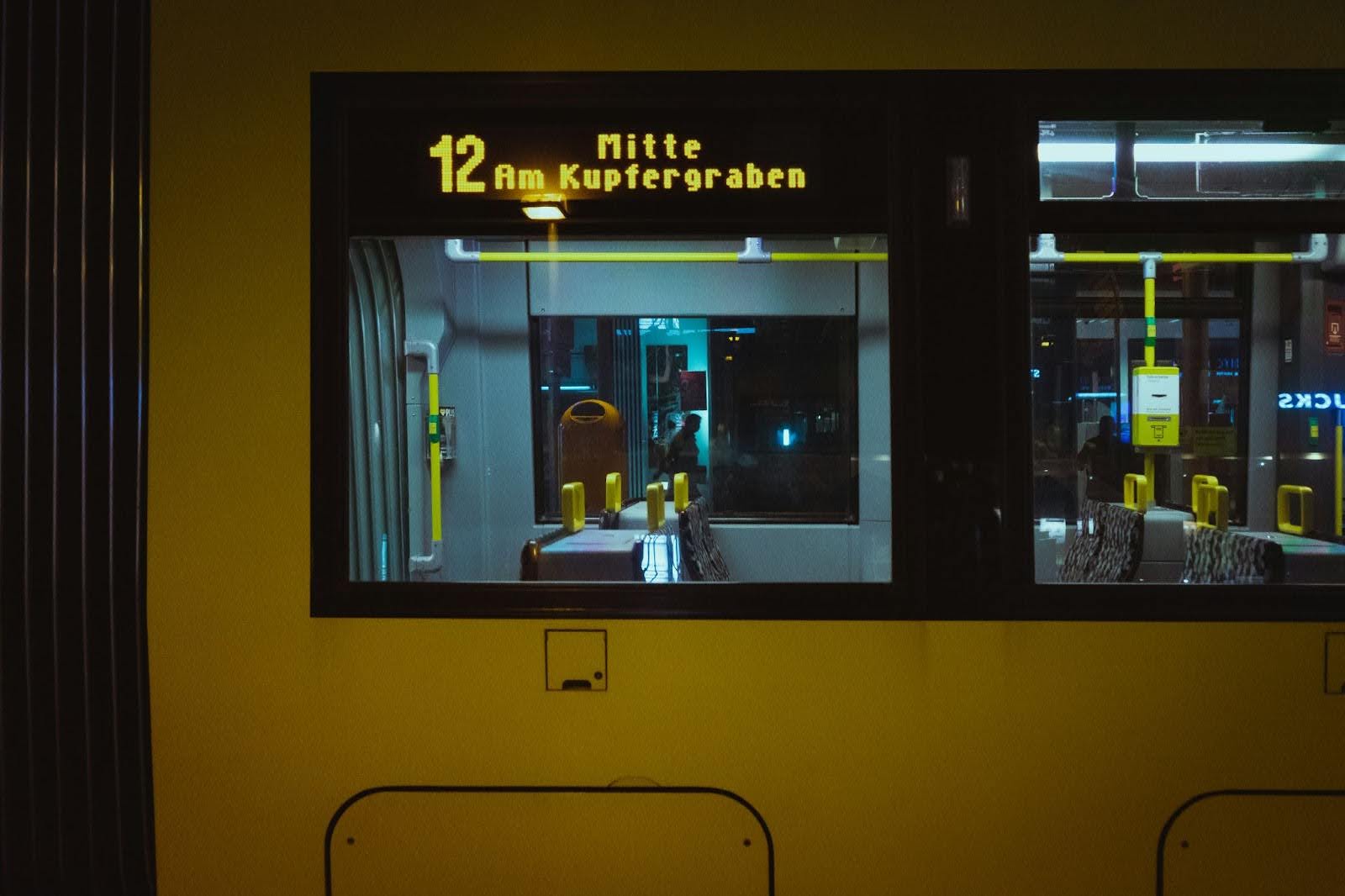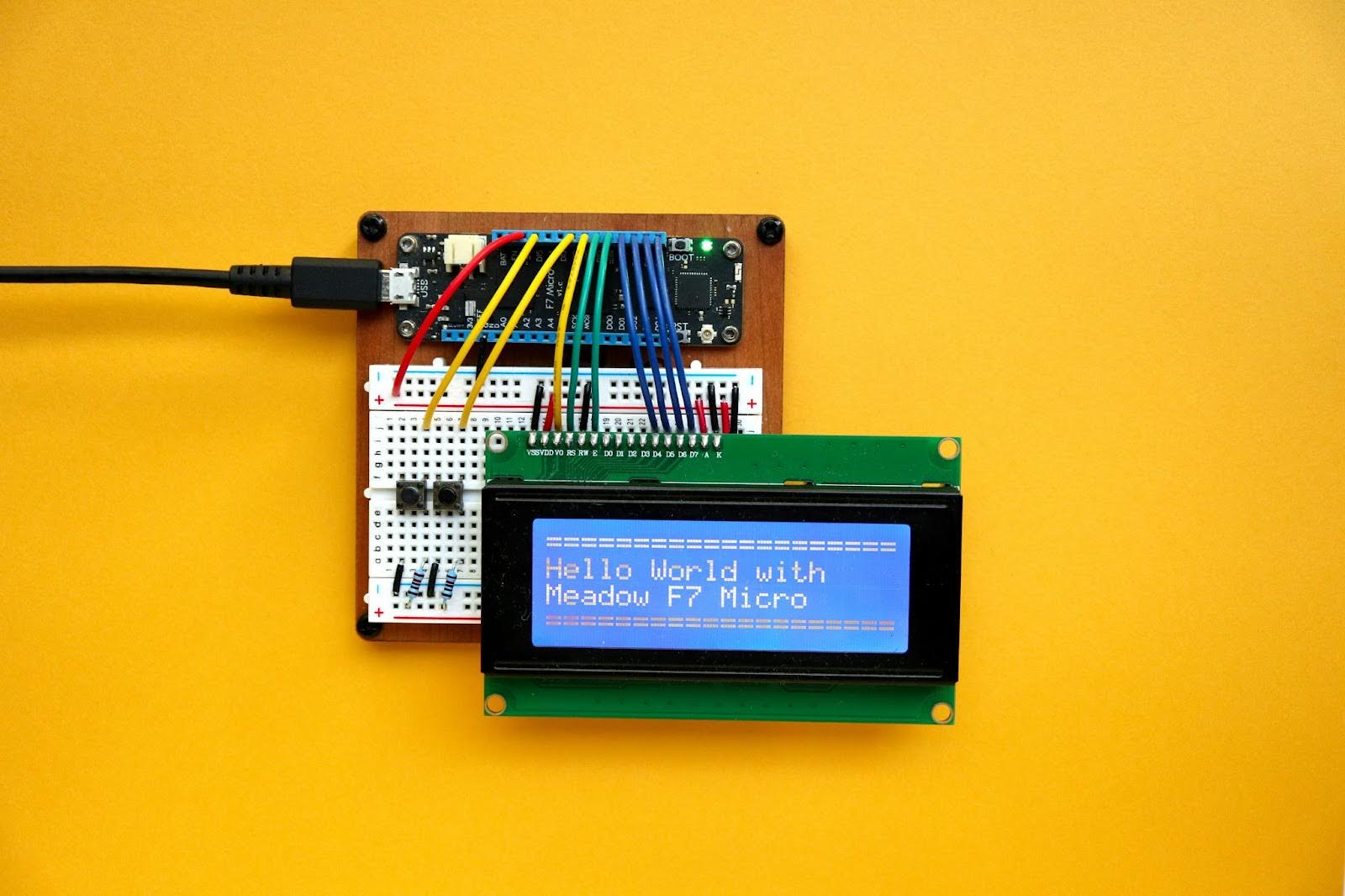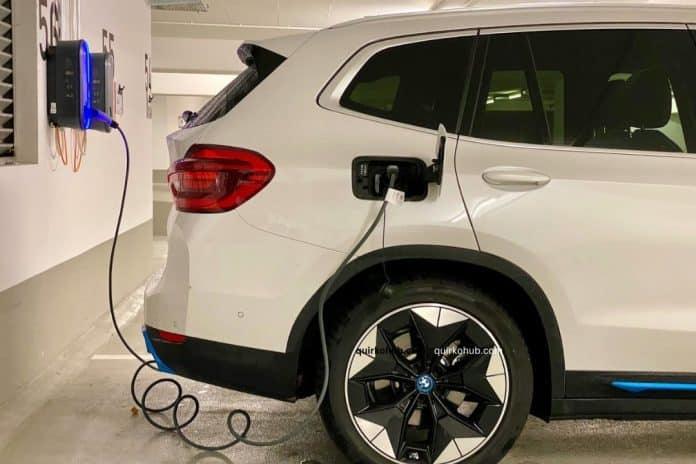Singapore has long been recognized as a global leader in urban innovation, and nowhere is this more evident than in the rapidly evolving landscape of smart mobility.
As the nation accelerates toward its vision of becoming a sustainable, connected city, the convergence of artificial intelligence, electric vehicles, and flexible transportation solutions is reshaping how Singaporeans move around the island.
From cutting-edge AI systems that optimize traffic flow to the proliferation of electric vehicle options and adaptive rental services, the future of transportation in Singapore is unfolding before our eyes.
For residents navigating this transformation, understanding the various elements of smart mobility and how they interconnect has become essential.
Whether you’re considering your next vehicle purchase, evaluating rental options for occasional needs, or simply curious about the technologies driving these changes, this comprehensive guide explores the smart mobility ecosystem that’s making Singapore a global transportation testbed.
Understanding the AI Foundation of Smart Mobility

At the heart of Singapore’s smart mobility revolution lies artificial intelligence, the invisible infrastructure that’s making transportation systems more efficient, predictive, and responsive than ever before.
To fully appreciate how AI is transforming mobility, it’s important to understand the different types of AI at work in our transportation systems.
Traditional AI systems have been managing traffic lights and analyzing traffic patterns for years. These rule-based systems follow predetermined logic to respond to specific conditions. However, the latest advancement in generative AI represents a quantum leap in capability.
For those wondering what is generative AI and its implications for Singapore’s technology landscape, it’s worth noting that this technology goes beyond simple pattern recognition to actually create new solutions, predictions, and optimizations based on vast amounts of training data.
AI Applications in Singapore’s Transport Network
The Land Transport Authority (LTA) has been at the forefront of implementing AI solutions across Singapore’s transport infrastructure. Intelligent transport systems now use AI to predict traffic congestion before it occurs, dynamically adjusting traffic light timings and suggesting alternative routes to drivers through various navigation apps. This predictive capability has reduced average journey times and significantly decreased the stop-and-go traffic that wastes fuel and increases emissions.
Public transport benefits enormously from AI integration. The MRT system uses machine learning algorithms to optimize train frequencies based on predicted passenger loads, ensuring that capacity matches demand throughout the day. Bus services similarly leverage AI to adjust routes and frequencies, particularly for on-demand services that adapt to real-time passenger needs.
For individual motorists, AI manifests in countless ways. In-vehicle systems use natural language processing to understand voice commands, making it safer to control navigation, climate, and entertainment without taking your hands off the wheel.
Advanced driver assistance systems (ADAS) employ computer vision and machine learning to detect potential hazards, assist with parking, and even enable semi-autonomous driving features in newer vehicles.
The Road to Autonomous Vehicles

Singapore’s commitment to autonomous vehicle (AV) technology positions the nation as a global testing ground for self-driving systems. The government has established dedicated AV testing zones and regulatory frameworks that enable companies to develop and refine their technologies in real-world conditions.
Autonomous vehicles represent the ultimate application of AI in mobility. These systems must process sensor data from cameras, radar, and LiDAR in real-time, making split-second decisions that account for pedestrians, cyclists, other vehicles, and countless unpredictable variables.
Generative AI contributes by creating synthetic training scenarios that help these systems learn to handle situations they might rarely encounter in actual testing, but must be prepared to navigate safely.
Several autonomous bus trials have already operated on Singapore roads, providing valuable data and public exposure to this emerging technology.
While fully autonomous private vehicles for general use remain some years away, the foundation is being laid today through incremental advances in driver assistance features that are gradually increasing automation levels.
The Electric Vehicle Revolution in Singapore
Singapore’s push toward electrification represents both environmental commitment and economic strategy. The government has set ambitious targets: all new vehicle registrations should be cleaner-energy models by 2040, with a significant emphasis on battery electric vehicles (BEVs).
This timeline might seem distant, but the infrastructure and market preparation happening now will determine success.
Government Incentives and Infrastructure
The EV Early Adoption Incentive (EEAI) provides substantial rebates for early adopters of electric vehicles, making them financially competitive with traditional internal combustion engine vehicles despite higher upfront costs.
Additionally, the government has committed to deploying 60,000 charging points across Singapore by 2030, with a mix of slow, fast, and ultra-rapid charging options.
Charging infrastructure development considers Singapore’s unique housing landscape. While HDB residents constitute a majority of the population, providing convenient charging for flat dwellers presents challenges that private landed property owners don’t face.
The government is addressing this through the installation of charging points in HDB carparks and exploring innovative solutions like mobile charging services and battery-swapping technologies.
Public charging networks are expanding rapidly, with charging points appearing in shopping mall carparks, office buildings, and public carparks across the island.
Many locations now feature DC fast chargers that can replenish batteries to 80% capacity in 30-40 minutes, making public charging practical for those without home charging access.
The Growing EV Market
The electric vehicle market in Singapore has evolved from a niche offering to a mainstream option with increasing model variety. International manufacturers have brought their latest EV technology to Singapore, recognizing the market’s sophistication and the government’s supportive policies.
Premium brands like Tesla, BMW, Mercedes-Benz, and Audi offer multiple electric models across different price points and vehicle segments. Asian manufacturers, including Hyundai, Kia, and BYD, have also established strong positions with competitively priced models that deliver impressive range and features.
Newer entrants are bringing fresh perspectives to the market. Denza Singapore represents the latest wave of premium electric vehicle brands entering the Singapore market, offering sophisticated EVs that combine advanced technology with luxury appointments.
These new brands often bring the latest battery technology, connectivity features, and design innovations, pushing established manufacturers to continually improve their offerings.
The variety now spans from compact city cars perfect for Singapore’s urban environment to full-size SUVs for families, with price points ranging from relatively affordable to ultra-luxury. This diversity ensures that most Singaporeans can find an electric vehicle that matches their needs, budget, and preferences.
Living with an EV in Singapore
Practical EV ownership in Singapore differs significantly from owning traditional vehicles. Range anxiety, once a primary concern, has largely been addressed by modern EVs offering 300-500km ranges, more than sufficient for most Singaporeans’ daily driving, given that you can traverse the entire island in under an hour.
Charging routines replace traditional refueling habits. Many EV owners charge at home overnight, waking to a “full tank” each morning. This convenience actually surpasses conventional vehicles, where you must visit petrol stations regularly.
For those without home charging, the expanding public network increasingly makes EV ownership practical, though it requires slightly more planning.
Operating costs favor EVs substantially. Electricity costs less than petrol per kilometer traveled, and EVs require significantly less maintenance, no oil changes, fewer brake replacements due to regenerative braking, and simpler drivetrains with fewer components to fail. Over a typical ownership period, these savings can offset the higher initial purchase price.
The driving experience itself converts many skeptics into enthusiasts. Electric motors deliver instant torque, making EVs surprisingly quick and responsive in urban traffic.
The quiet, smooth operation creates a refined driving experience, while lower centers of gravity from floor-mounted batteries improve handling compared to equivalent conventional vehicles.
Flexible Mobility: The Rise of Car Rental and Sharing

Not all Singaporeans need or want to own vehicles. The high costs of vehicle ownership, including COE premiums, insurance, parking, and maintenance, make alternatives increasingly attractive, particularly for those who drive infrequently or prefer to avoid the capital commitment.
Traditional Car Rental Evolution
Established car rental companies have adapted to changing consumer preferences and new technologies. Services like rent a car AVIS have evolved beyond serving primarily tourists and business travelers to offering flexible solutions for locals who need occasional vehicle access without ownership burdens.
Modern rental services provide significantly more convenience than traditional models. Mobile apps enable complete rental transactions from browsing available vehicles to unlocking cars and managing bookings without visiting rental offices.
Flexible rental periods accommodate needs ranging from hourly use to weekly or monthly rentals, with pricing models that make short-term use economical.
The vehicle selection at rental companies has expanded to include electric vehicles alongside conventional options, allowing Singaporeans to experience EV ownership without commitment. This trial opportunity helps many potential buyers understand whether an electric vehicle suits their lifestyle before making purchase decisions.
Car-Sharing Services
Car-sharing represents a different model from traditional rental, optimized for short-term, spontaneous use. Services like GetGo and BlueSG have established networks of vehicles parked throughout Singapore, accessible through mobile apps for rentals as short as 30 minutes.
BlueSG specifically focuses on electric vehicles, operating a fleet of compact EVs with dedicated charging point infrastructure. This service demonstrates how electric vehicle technology enables new mobility models. Cars can be parked at charging points when not in use, ensuring availability while maintaining battery charge.
Car-sharing particularly appeals to younger Singaporeans and those living in central locations with excellent public transport. For occasional needs, weekend trips, IKEA runs, or transporting large items, car-sharing provides convenient access without the fixed costs of ownership. The per-minute or per-hour pricing aligns costs directly with usage, making it economical for infrequent drivers.
The Mobility-as-a-Service Vision
Singapore is moving toward a comprehensive Mobility-as-a-Service (MaaS) ecosystem where various transportation modes integrate seamlessly. Imagine planning a journey through a single app that combines MRT travel, a shared bicycle for the last mile, and a booked car-sharing vehicle for evening commitments, with unified payment and optimization across all modes.
This vision requires extensive behind-the-scenes integration standardized APIs between service providers, shared payment systems, and AI-powered optimization that can recommend the most efficient, economical, or fastest route combinations.
Singapore’s Smart Nation initiative is actively working toward this integrated future, positioning the nation as a testbed for global MaaS implementation.
Making Smart Mobility Choices
For Singaporeans navigating this evolving landscape, several considerations help determine the right transportation approach for individual circumstances.
When Vehicle Ownership Makes Sense
Despite rising alternatives, vehicle ownership remains the optimal choice for many Singaporeans. Families with young children, elderly parents, or regular needs to transport equipment often find the convenience and availability of personal vehicles irreplaceable. Those living in less central areas with limited public transport options similarly benefit from ownership.
The decision increasingly comes down to whether to choose electric or conventional vehicles. If your driving patterns include regular long-distance travel outside Singapore (to Malaysia), conventional vehicles or plug-in hybrids currently offer more flexibility.
For primarily Singapore-based driving, electric vehicles deliver lower operating costs and align with the nation’s long-term direction.
Financial considerations extend beyond purchase price to the total cost of ownership. Calculate expected mileage, parking costs, maintenance, and fuel or electricity expenses across your planned ownership period. Often, EVs show favorable economics despite higher initial costs, particularly for higher-mileage drivers.
When Rental and Sharing Make Sense
Rental services suit those who drive infrequently, perhaps weekly or monthly rather than daily. If you can manage most transportation needs through public transport, cycling, or walking, supplementing with occasional rentals often proves more economical than ownership.
Young professionals, singles, and couples without children frequently find rental or car-sharing models align perfectly with their lifestyles.
The flexibility to access vehicles when needed without maintenance responsibilities, parking concerns, or depreciation appeals to those prioritizing experiences and flexibility over ownership.
Consider also the environmental angle. Each shared vehicle potentially replaces multiple privately owned vehicles, reducing overall vehicle numbers and supporting Singapore’s sustainability goals.
For environmentally conscious Singaporeans, choosing shared mobility represents a meaningful contribution to reducing the nation’s carbon footprint.
Hybrid Approaches
Many Singaporeans adopt hybrid strategies, perhaps owning a single vehicle while supplementing with rental or sharing services when additional vehicles are needed.
A family might own one efficient vehicle for daily commuting and school runs while renting larger vehicles for occasional needs like airport transfers or weekend adventures.
This approach optimizes for both convenience and economics, maintaining ownership benefits for primary needs while avoiding the costs of maintaining multiple vehicles or a larger vehicle than daily needs require.
The Role of Data and Connectivity

Singapore’s smart mobility ecosystem generates and relies on enormous data flows. Every vehicle, whether privately owned or shared, becomes a data point contributing to the larger transportation network.
This connectivity enables the AI systems, predictive capabilities, and optimization that make smart mobility possible.
Modern vehicles communicate with infrastructure, other vehicles, and cloud services continuously. This data exchange enables real-time traffic management, predictive maintenance alerts, over-the-air software updates, and the personalized experiences that modern drivers expect.
Privacy considerations naturally arise with this level of data collection. Singapore’s regulatory framework, including the Personal Data Protection Act, establishes requirements for how mobility data can be collected, used, and shared. Understanding these protections helps users make informed decisions about which services to use and what data sharing they’re comfortable with.
Looking Ahead: Singapore’s Mobility Future
The next decade will bring transformations that seem futuristic today but will become ordinary aspects of Singapore life. Autonomous vehicles will graduate from limited trials to regular service, likely starting with fixed routes and controlled environments before expanding to general use.
Electric vehicles will dominate new vehicle sales, with used EV markets developing as early adopters upgrade to newer models. Charging infrastructure will become as ubiquitous as petrol stations are today, with faster charging technologies reducing refueling times toward parity with conventional vehicles.
Integration between mobility modes will deepen, making car ownership optional for most Singaporeans who can seamlessly combine public transport, shared vehicles, bicycles, and walking into efficient, personalized mobility solutions.
AI will orchestrate these combinations, learning individual preferences and optimizing routes, modes, and timing automatically.
Conclusion
Singapore’s smart mobility landscape represents one of the world’s most advanced and rapidly evolving transportation ecosystems. The convergence of artificial intelligence, electric vehicle technology, and flexible access models is creating a future where transportation is cleaner, more efficient, and more accessible than ever before.
For Singaporeans, these changes offer both opportunities and choices. Whether you’re drawn to the latest electric vehicles, appreciate the flexibility of rental services, or prefer integrating multiple transportation modes, the smart mobility ecosystem increasingly accommodates diverse preferences and needs.
The key is staying informed about evolving options, understanding how different solutions align with your lifestyle and values, and making choices that balance personal convenience with Singapore’s broader sustainability and efficiency goals.
As the nation continues its journey toward becoming a truly smart city, every Singaporean’s mobility choices contribute to shaping that future.
The road ahead is electric, intelligent, and shared, and Singapore is leading the way in demonstrating how advanced technology and thoughtful policy can create transportation systems that serve both individual needs and collective wellbeing.
Whether you embrace these changes as an early adopter or prefer to wait until technologies mature, the transformation of Singapore’s mobility landscape will touch every resident’s life in the years ahead.
